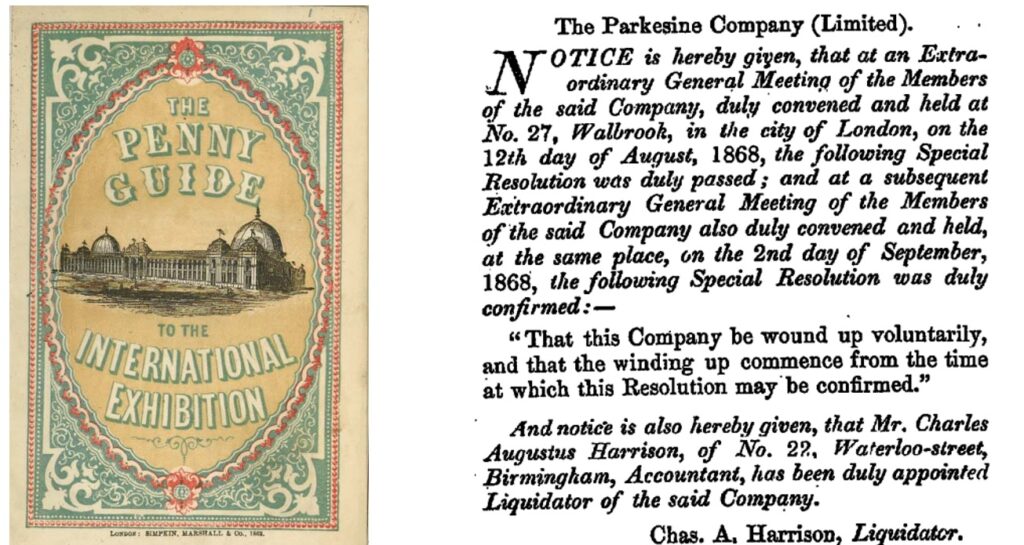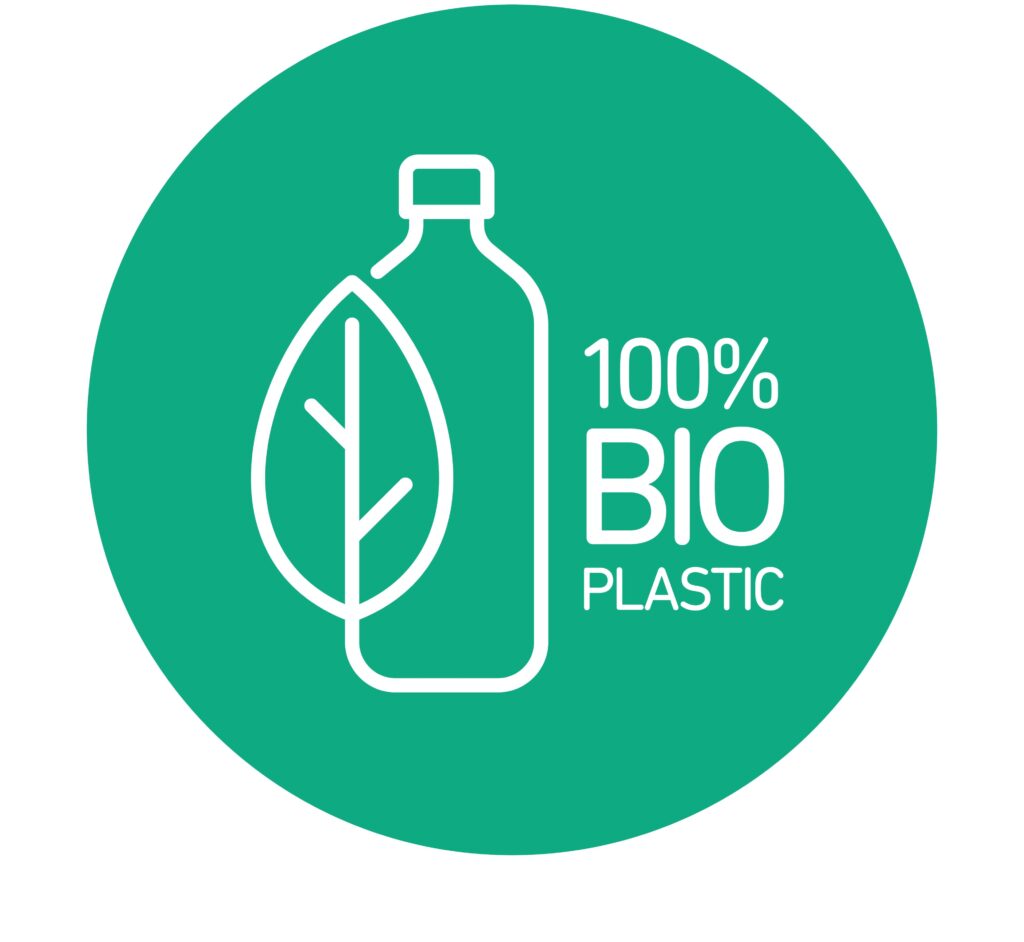Plastic is not part of the Middle Ages or even modern history: plastic was born only about 150 years ago, already considered part of contemporary history. In short, it becomes a symbol of human ingenuity and our society, but unfortunately also of the precarious balance we have with our planet. But let’s take a step back in time and explore this fascinating story, discovering its milestones together.

The Beginnings of the history of plastic
When Englishman Alexander Parkes synthesized the first semi-synthetic plastic material in 1855, he certainly did not know that his creation would revolutionize the world. The new material was presented at the 1862 London Expo under the name Parkesine, achieving moderate success. Despite the buzz it generated, the Parkesine Company, founded by him in 1866 in East London, failed after only two years of activity: his grand dream of producing massive quantities of Parkesine at low cost proved too advanced for the technology of the time.
In the years to come, further studies led to the development of a new product, later known as celluloid. Despite the milestone, difficulties were not over: the material was the subject of a nearly decade-long legal dispute, fought between 1877 and 1884 across two continents, Europe and America. The celluloid patent was contested between the American John Wesley Hyatt and Daniel Spill, a former collaborator of Alexander Parkes. The material’s paternity was eventually attributed to Parkes, but Hyatt’s production could continue: celluloid survives and eventually thrives in America, far from its place of origin. In these early stages, however, its applications remained confined to narrow fields, such as the production of billiard balls and dental prosthetics. Plastic also made its way into the magical world of cinema, where it was used as a support for cinematographic films.

The Great Discoveries
From the early 1900s to around the 1950s, there was rapid progress on multiple fronts: new types of plastics were synthesized at a rapid pace, and production techniques improved significantly, becoming increasingly suitable for mass production. From celluloid, there was soon a rapid sequence to Bakelite (1907), PVC (1912), and cellophane (1913). In the first half of the 1930s, great strides were made towards the industrial synthesis of polystyrene (PS) and polyethylene (PE), actually discovered a few decades earlier.

In 1938, nylon was introduced, used for both the famous women’s stockings and parachutes during the war. It is precisely the chaos of the Second World War that offers plastic an unprecedented showcase, revealing its future as a material of unstoppable innovation, capable of fascinating with its incredible properties and offering a low-cost alternative to hard-to-find materials. Teflon, for example, is commonly used today as a coating for non-stick pans and pots, but few know that it was synthesized by chance around the war, attracting the military’s attention for its resistance to volatile radioactive substances. In 1941, PET (polyethylene terephthalate) is introduced, which a few decades later becomes famous as a container for carbonated beverages and for synthetic fabric under the name of fleece.

From the 1950s, a particular type of plastic laminate (also known as Formica) begins to be used in homes, bars, gathering places, quickly booming and entering the history of furniture. In 1954, Karl Ziegler and Giulio Natta synthesized isotactic polypropylene (PP), which later became known by the brand name “Moplen.” In this explosive development, petroleum establishes itself unquestionably as the raw material for plastic production.
From the ’60s to Today
From the ’60s onwards, there is a widespread diffusion of plastic, now in the mature phase of its development. Plastic is omnipresent in all sectors, from food to furniture, from art to construction, from transportation to fabrics. Research focuses on synthesizing new high-performance compounds for niche applications and improving production techniques.
Gradually, a huge problem becomes evident: plastic is a synthetic material produced in large quantities that does not naturally decompose. Attention then shifts to environmental impact and health, sustainable alternatives (such as bio-plastics), disposal methods, and reuse. New technologies emerge for collecting plastic from the land and the seas. Simultaneously, legislation seeks to address an increasingly critical situation with initiatives that promote the use of sustainable solutions (such as CAM) or discourage the use of virgin plastic (such as the Plastic Tax). One thing is certain: personal choices are crucial for solving the problem, but they are unlikely to be sufficient without a revolution in terms of environmental policies.

What to Remember
Plastic as a synthetic or semi-synthetic material was born in 1855, just over 150 years ago. From the early 1900s, a phase of discoveries began that brought to light a range of types of plastic with different properties (nylon, PVC, PET, etc.) that found use in various fields, although not all were immediately successful. The need to find substitutes for hard-to-find materials and the war industry further boosted plastic, which over the years became an integral part of our lives. However, research does not end and continues to this day, often focusing on environmental themes such as sustainable alternatives, circularity, reuse, and recycling.
More Information
The invention of celluloid film: click here
A more detailed story (in English): click here
Images
Image source The penny guide to the International Exhibition: here
Image source London Gazette: here
Image source Paratroopers during the 1944 jump: here
